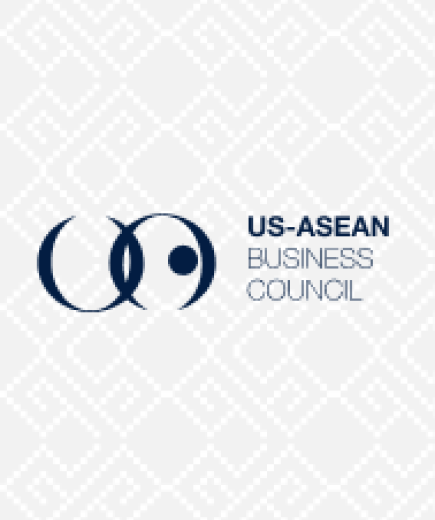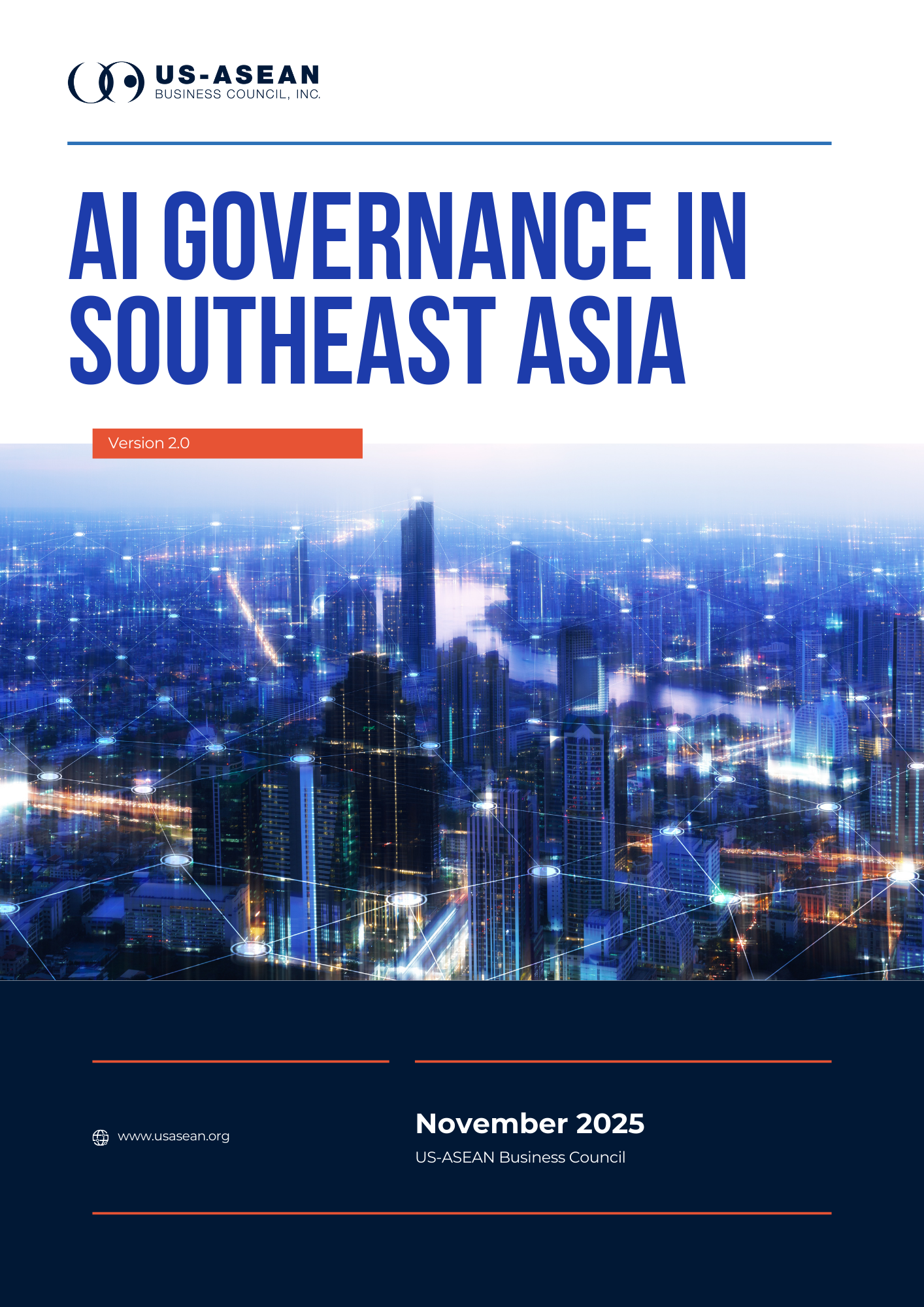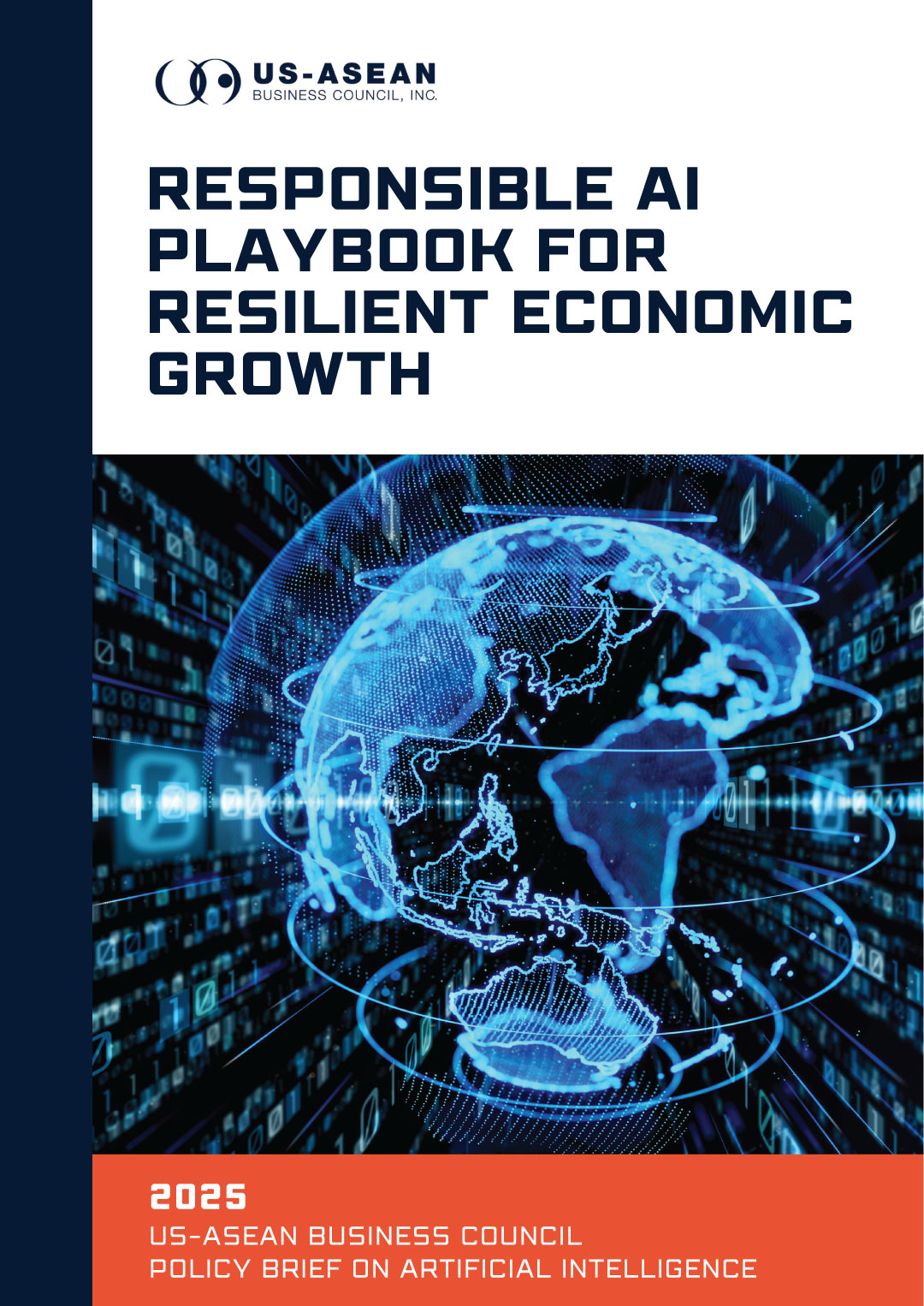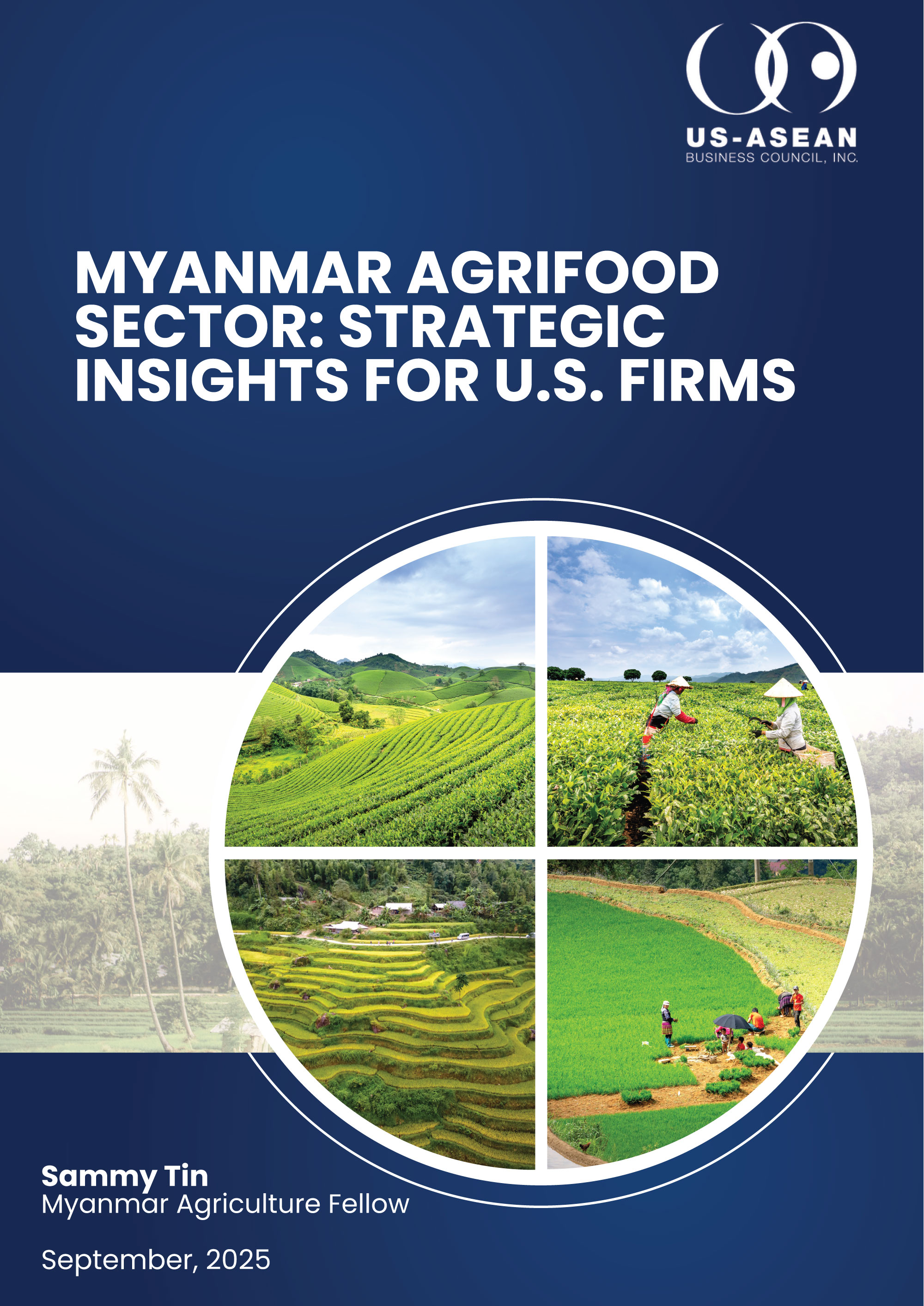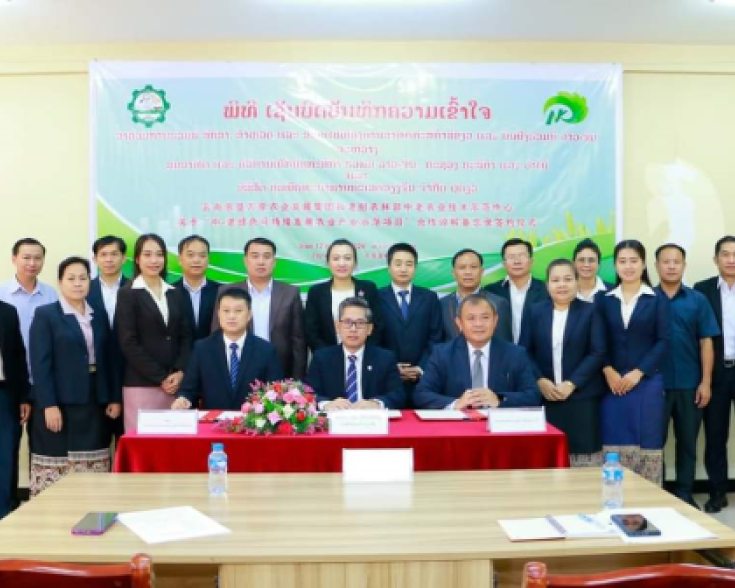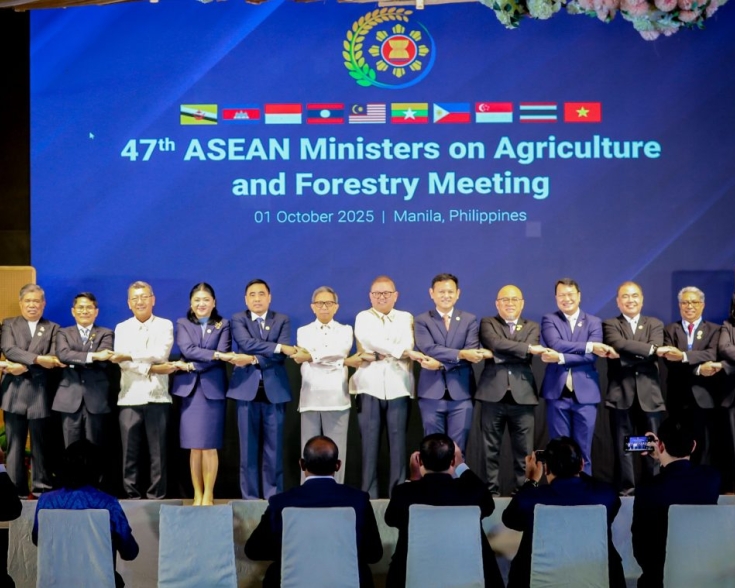USDA Reveals Three-Point Plan Amid ASEAN Tariff Pressures

The U.S. Department of Agriculture (USDA) announced a Three-Point Plan to support American farmers, ranchers, producers, and exporters during the annual meeting of the National Association of State Departments of Agriculture (NASDA) held on September 14-18. The plan includes: (1) the America First Trade Promotion Program, which will inject $285 million in FY2026, a year earlier than scheduled under the One Big Beautiful Bill Act; (2) T.R.U.M.P. Missions (Trade Reciprocity for U.S. Manufacturers and Producers), a new trade mission model targeting countries with reciprocal trade deals and emerging market opportunities; and (3) a revitalized export finance system, expanding the GSM-102 credit guarantee program from its current $2 billion level to as much as the authorized $5.5 billion to reduce financial risks for exporters of U.S. agricultural products. Together, these initiatives aim to increase market access, boost export competitiveness, and open new growth opportunities for U.S. agriculture worldwide.
Meanwhile, ASEAN economic ministers have expressed concern at their annual meeting that the region’s trade outlook is weakening under a wave of newly imposed U.S. tariffs. In a joint statement on September 23, they warned that “adverse impact and uncertainty” have already begun to slow trade activity, with American importers of goods made in ASEAN facing tariff rates of 19–20 percent, 40% for goods made in Laos and Myanmar, and 10 percent for goods made in Singapore. U.S. Trade Representative Jamieson Greer stated during a meeting with ASEAN counterparts that the U.S. expects to finalize trade agreements with more Southeast Asian nations in the coming months. For U.S. businesses operating in ASEAN, these parallel developments underscore a complex trading landscape. However, the Presidential Executive Order on September 5 outlines that the U.S. government may offer a zero percent reciprocal tariff rate on select imports including agricultural products that cannot be grown or naturally produced in the United States or naturally produced in sufficient quantities in the United States. The potentials of tariff exemptions and trade agreements combined with the USDA’s Three-Point Plan present an opportunity for U.S. agribusinesses to leverage policy-driven support to strengthen their long-term foothold in the ASEAN region.


